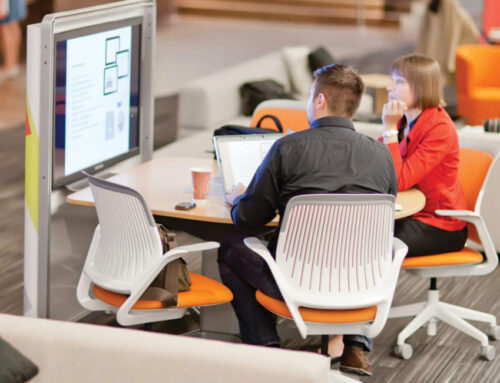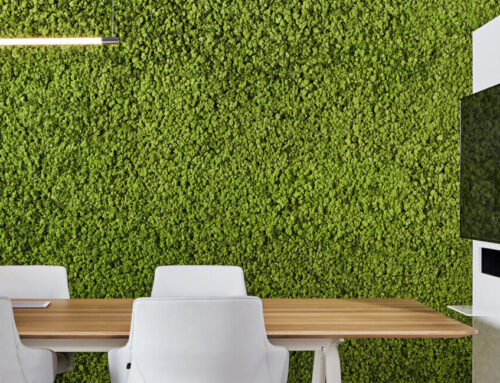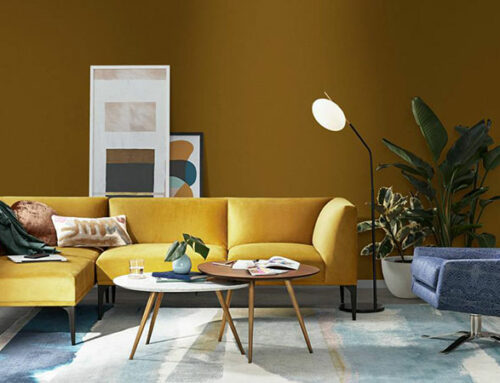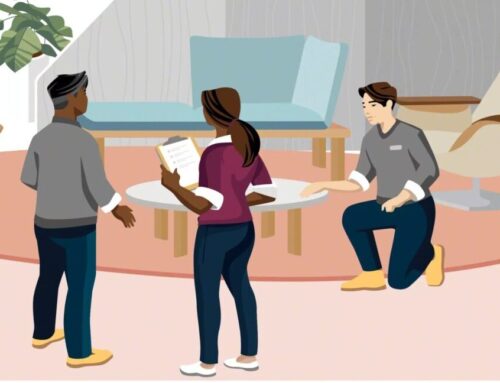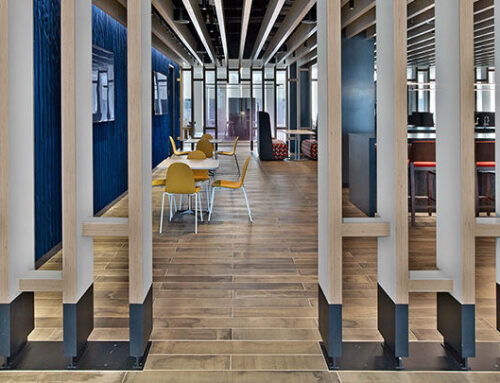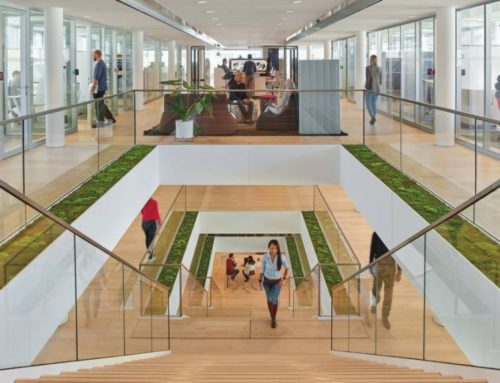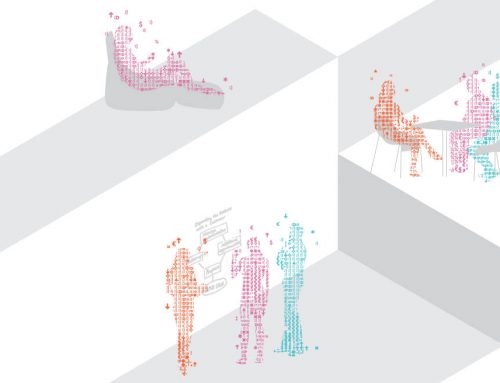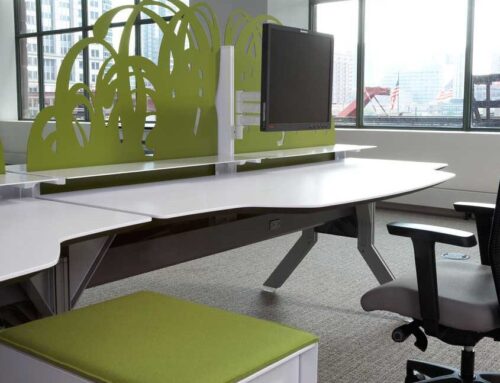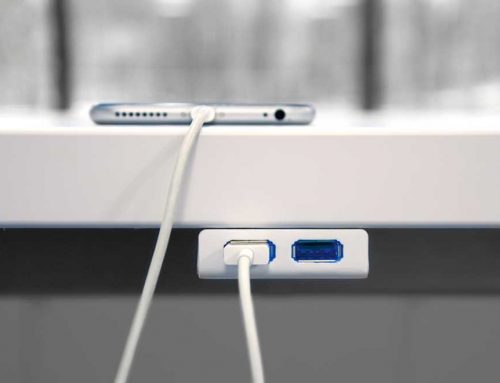Trends in Office Furniture for Educational Institutions: Renewing, Repurposing, Optimizing Space
Learning can and does occur virtually anywhere. This, however, does not relieve us of our responsibility to provide a safe, healthy, quality environment in which all students can learn and all teachers can teach. Nearly $24.5 billion worth of school and college construction was completed in 2015-building new facilities and renovating old ones
Even at this level of spending, we are only able to make a small dent in what is needed to bring our schools up to par. The fact is that the average “functional age” of school buildings in America is nearing the half- century mark…and while learning can happen in buildings that are old or outdated, it is greatly enhanced when the facility supports the needs of today’s students
Much has changed in the last 50 years. We have moved from the “factory model” to student-centered design. We have seen the integration of technology and the advent of anytime-anyplace learning. We have watched as learning styles have become active, experiential and inquiry-based and teaching styles have become cooperative, collaborative and interdisciplinary.
The challenge has been to accommodate these changes and create a quality educational environment.
The selection of the proper furniture and furnishings can change an outdated, inadequate environment into one that is optimized to better serve students and support the current styles of teaching and learning, without making physical changes to the building itself.
DESIGNING FOR MAXIMUM FLEXIBILITY
Flexibility in the design of learning spaces has become essential. Changes in pedagogy and technological advances require spaces to constantly be repurposed and reconfigured.
Most existing buildings were designed to be static entities, and did not take into account the need for change. Renovating those facilities or building new is not a possibility for most institutions, so many are asking the question, “How do you take fixed space and make it flexible?” Spaces can be transformed by the use of flexible, adaptable and mobile furniture that allows an otherwise fixed space to transform freely. Creating a flexible space expands the range of teaching and learning styles possible, the communication between teacher and student, and student engagement in education.
CREATING ZONES
Large, underutilized spaces exist on most campuses —including commons areas, corridors, nooks, and outdoor spaces. Researchers report that, regardless of the subject matter, students working in small groups tend to learn more of what is taught and retain it longer than when the same content is presented in other instructional formats (Davis). Incorporating various furniture types and arrangements can transform these once wasted spaces into hubs of activity for students, providing them with opportunities to work independently, to collaborate, or form self-organizing groups. In larger spaces furniture can be used to delineate areas. Soft seating can be provided for independent work, tables can serve for small group collaborations and student preferences can be supported that will help engage them in learning.
Implementing the right furniture solution can have a direct effect on learning. It can optimize the learning environment, improve the learning experience, accommodate change, and create a quality educational environment without making physical changes to the building itself.
ABOUT AFD CONTRACT OFFICE FURNITURE
AFD Contract Office Furniture has a staff of specialists that are here to provide you with comprehensive services, for layout and design of offices, classrooms, labs and lounges, a vast selection of office furniture choices from some of the finest office furniture companies in the world, logistics, life cycle management, finance, just to name a few. Let us help maximize the use of your educational spaces to provide an environment where students can get the optimal benefit from your educational facility and environment. Call AFD today to arrange a consultation.



